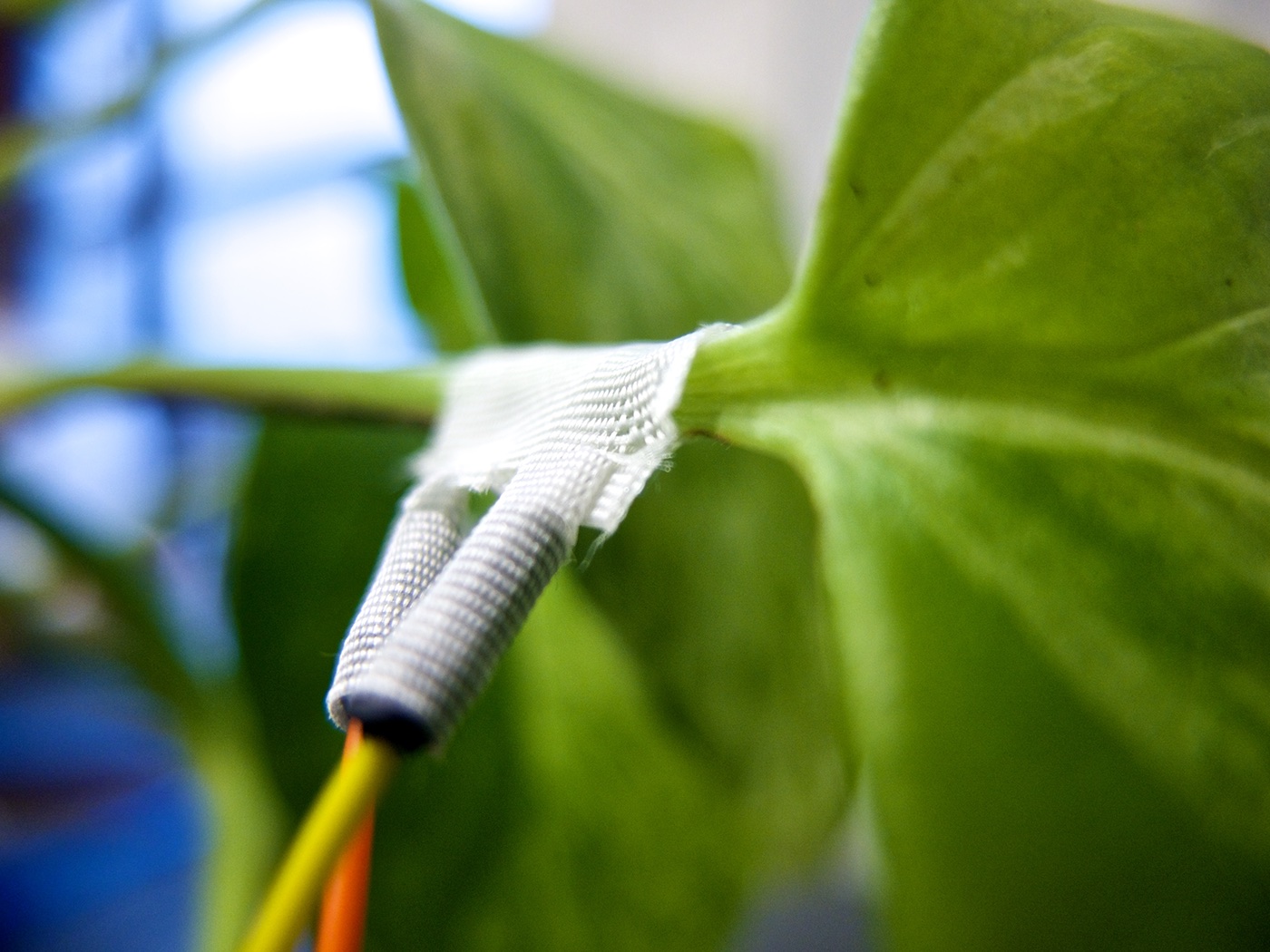Soni Plantarum
Investigating and sonifying electric signals in plants
This project is a series of experiments that lead to the project Planterious. In this phase, I investigated electric signals in plants, learned how to measure electric properties on plants and started to sonify the measured data. The initial goal was to create an installation of sonified plants.
Experiment #I: GSR
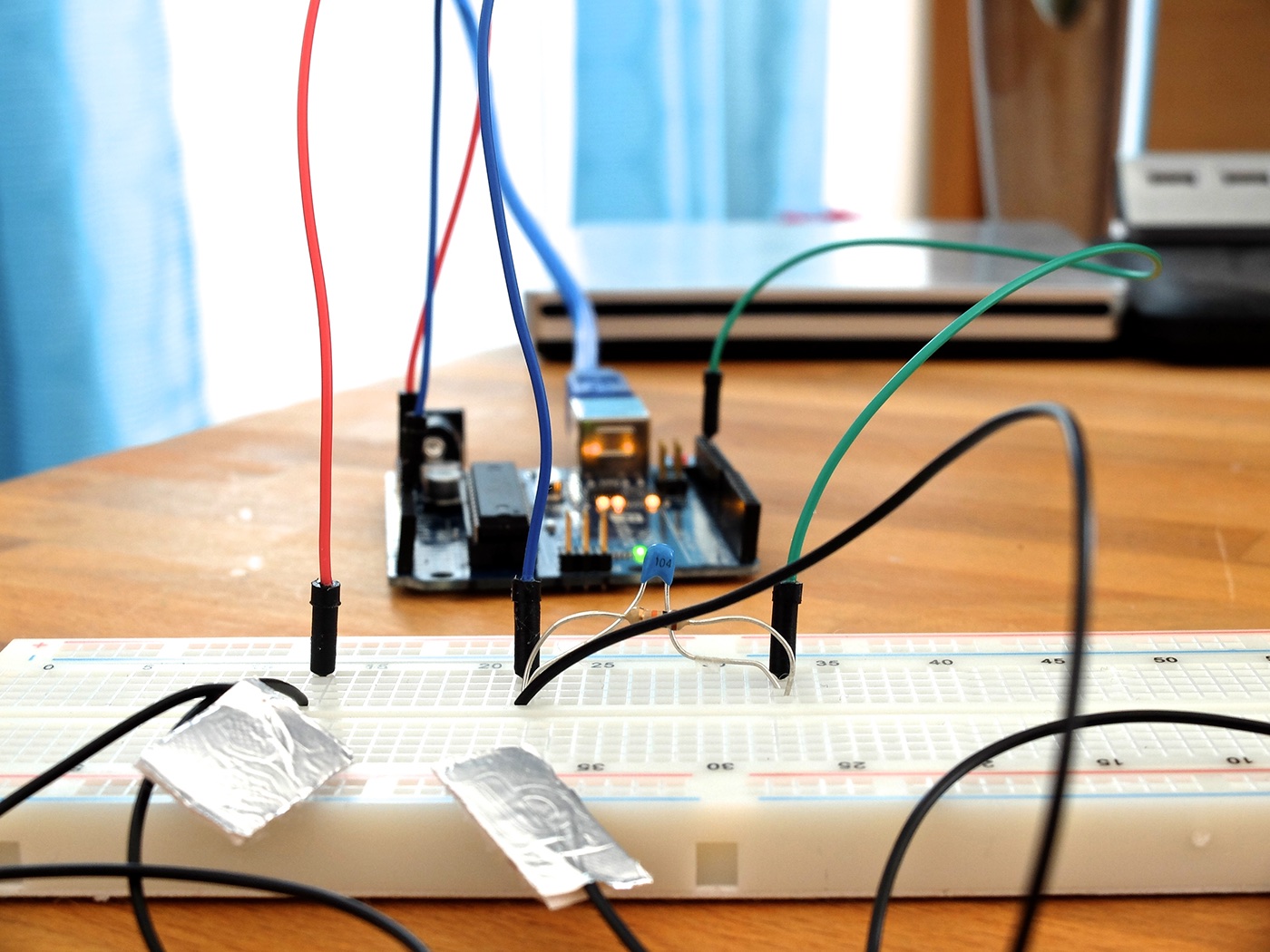
Since I barely had any experience in electronics and sonification before this project, I started experimenting with very basic electronics. My first experiment therefore was to connect a simple GSR (galvanic skin response) to a plant, which, according to some of my references, was used in several plant sonification projects before. Because GSR is generally used as a lie detector for humans by measuring the conductance of a person’s skin, influenced by sweat, it turned out to be too basic to measure the faint signals in plants.
Experiment #II: EEG
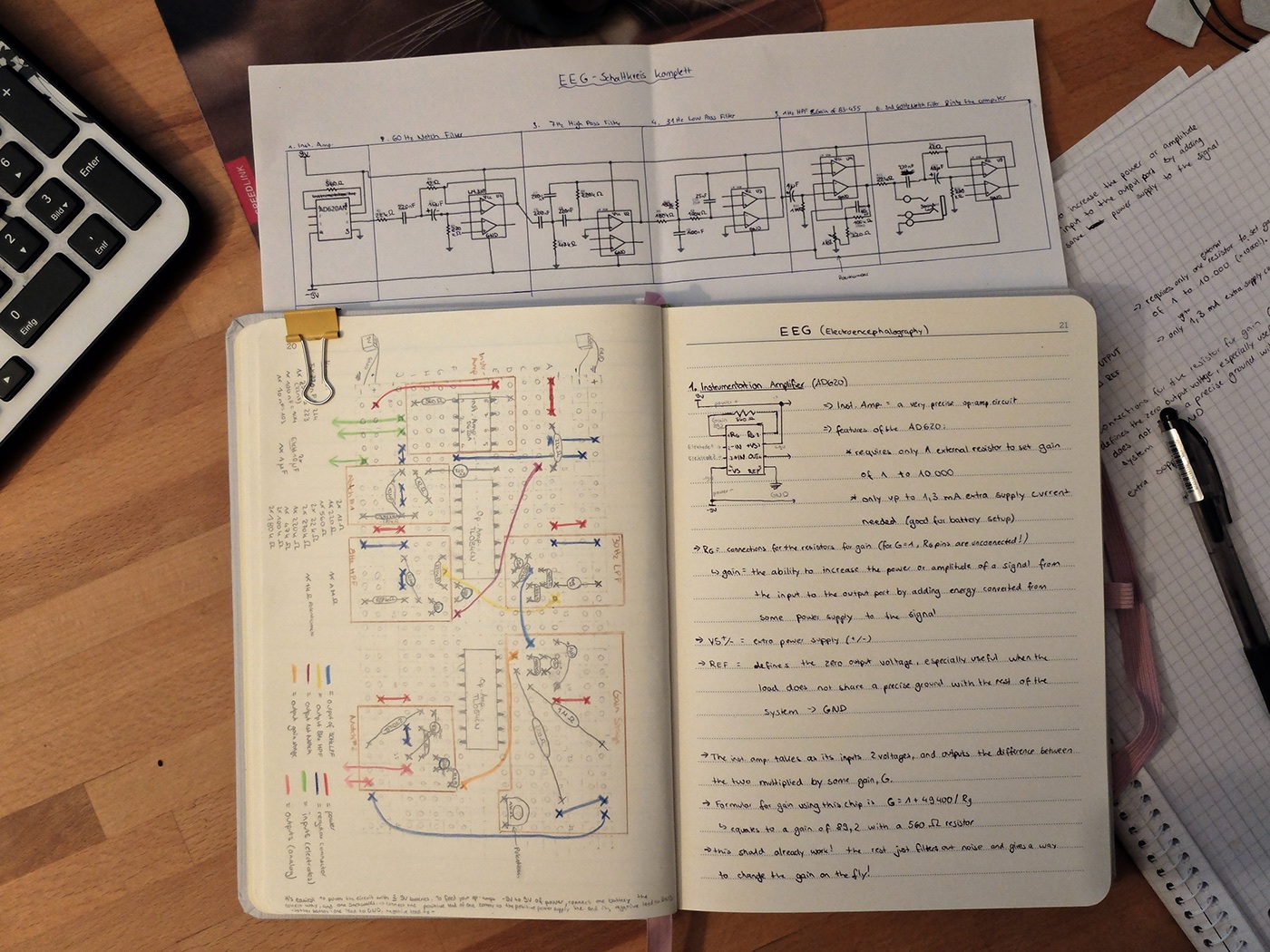
Becoming a little more secure with understanding circuits and Arduinos, I began to have a closer look at my references to see what kinds of electronics were used in other plant sonification projects. For a long while I tried building an EEG (Electroencephalography), which seemed to be used quite often. However, I was not sure if it would really give me the results I wanted, so I did not want to invest in a ready-made EEG device. Building an EEG turned out to be pretty complicated, and I never got my own circuit working properly.
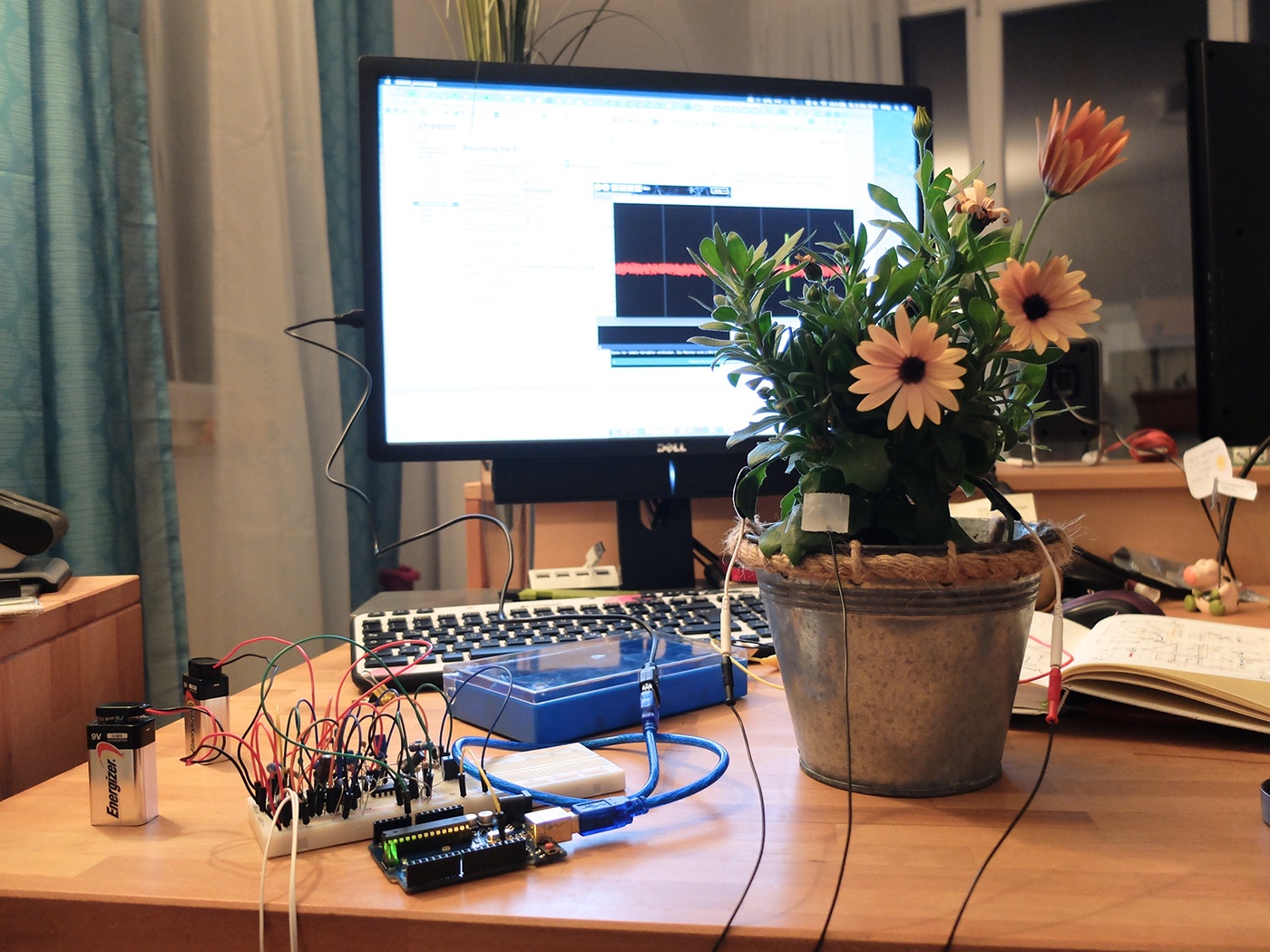
Later on I got the chance to test a premade EEG device on a taro vine, which resulted in very interesting but hard to interpret signals on the screen.
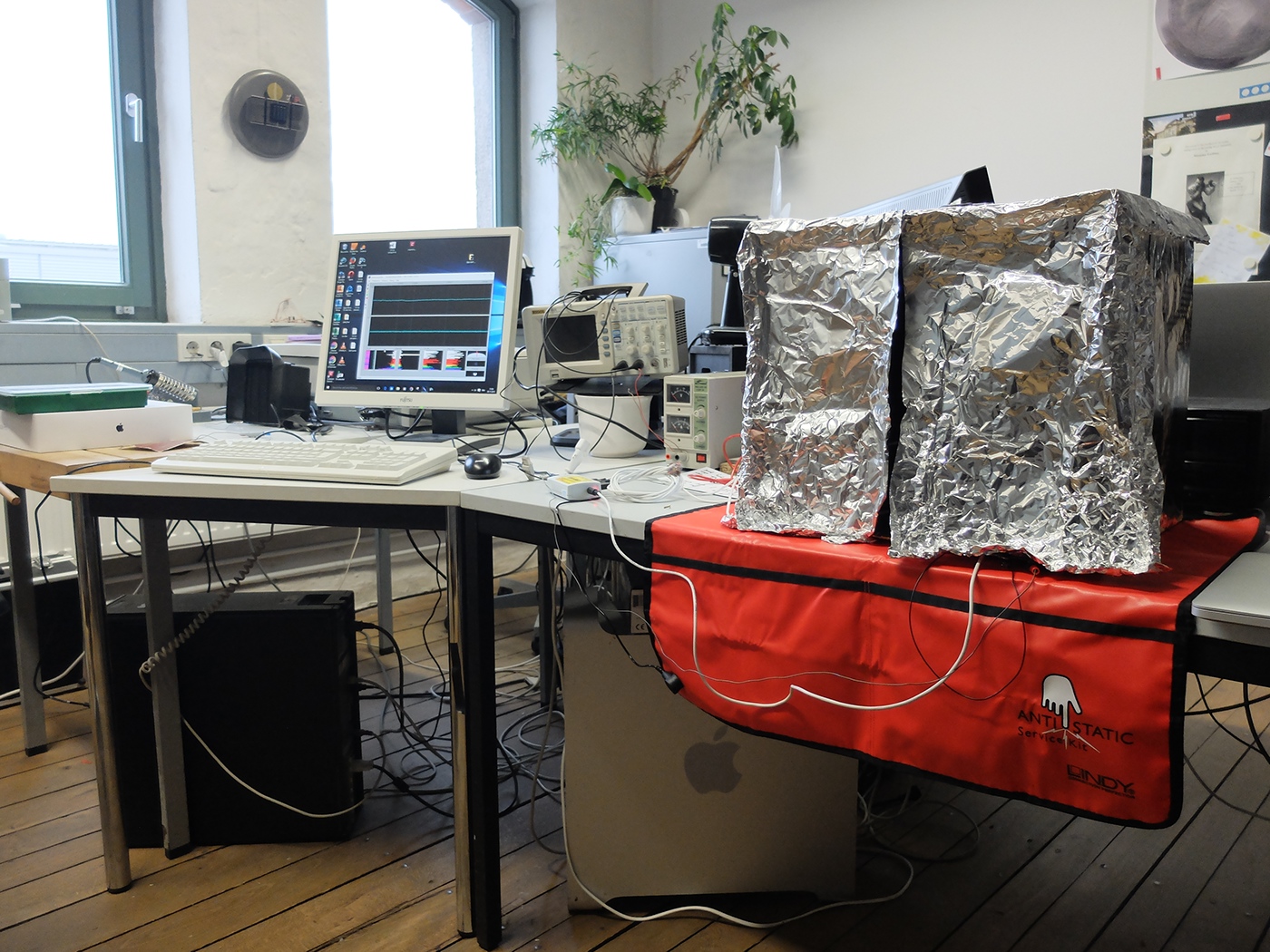
Experiment #III: Touché Sensor
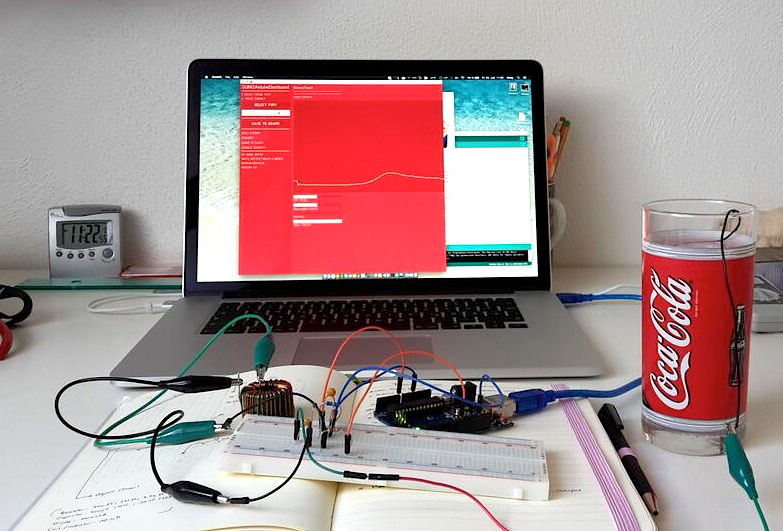
The next circuit I tried was the Touché sensor that was developed by Disney and used in the project Botanicus Interacticus. I was curious because the circuit seemed to be very precise – later on I figured out that it was merely an advanced touch sensor, not a circuit for measuring actual signals in plants. However, since it is fun and easy to use, I continued working with this circuit and used it for several sonification sketches in MaxMSP.
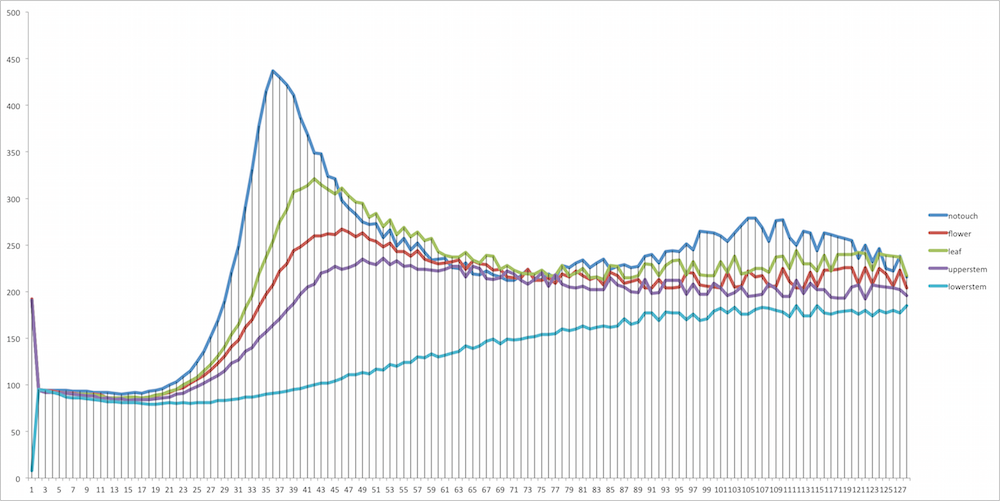
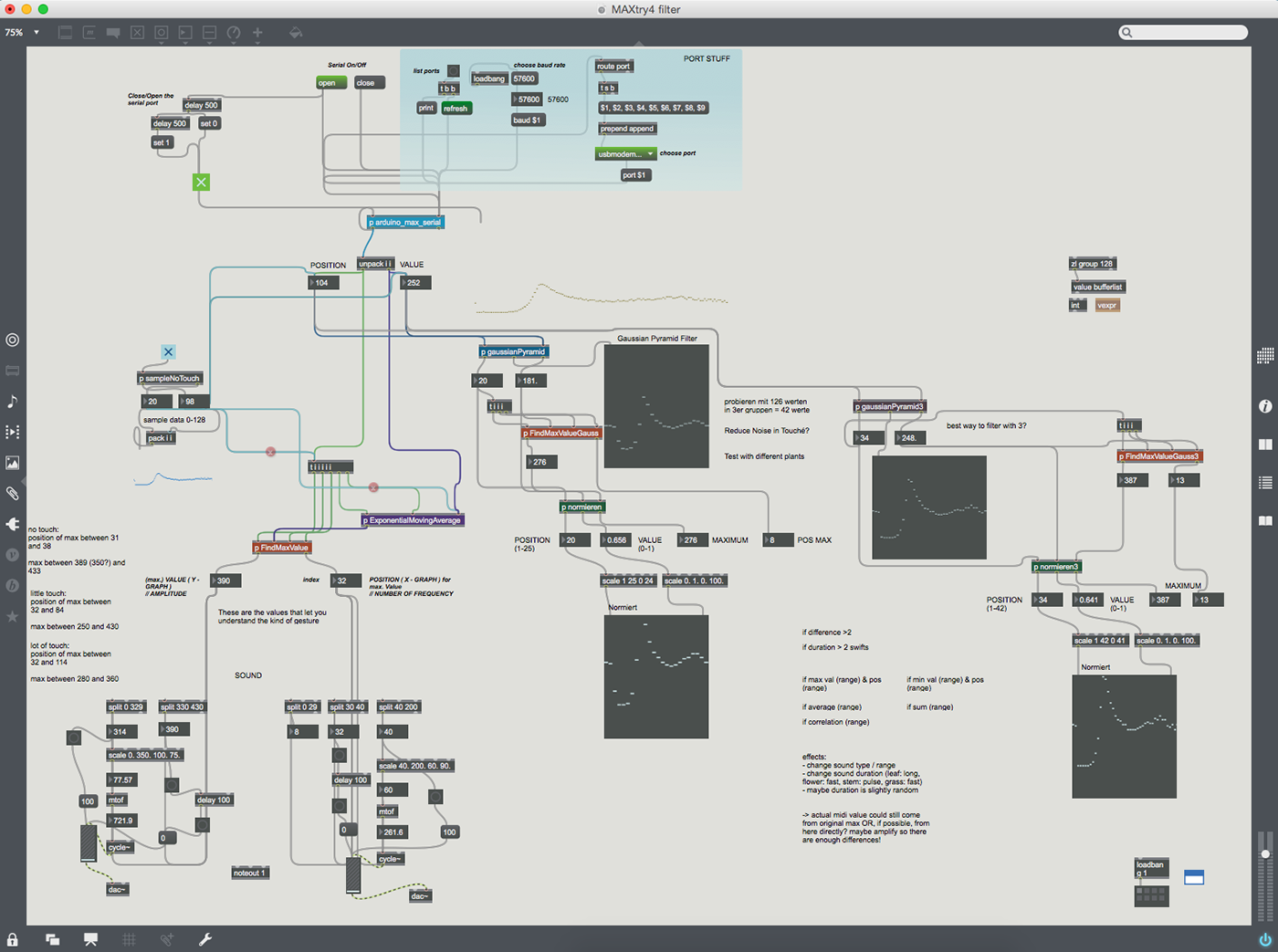
one of many MaxMSP sketches
Experiment #IV: Wheatstone Bridge
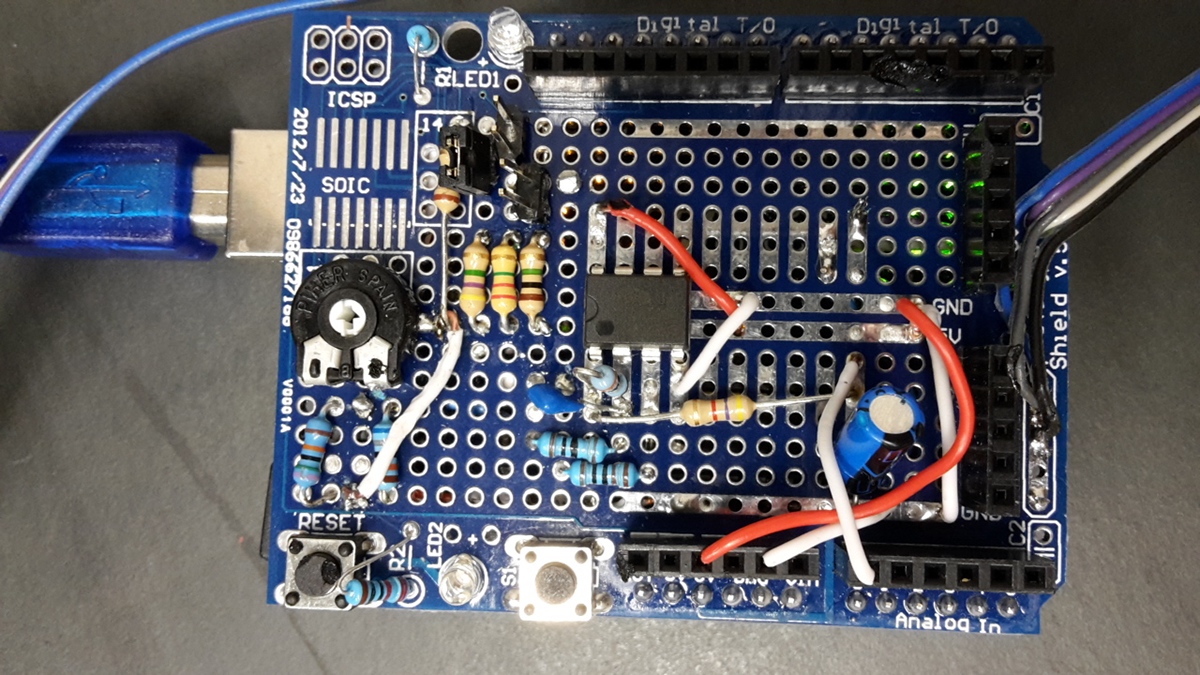
Then I focused on Guto Nóbrega’s project Breathing, which works with a modified Wheatstone Bridge and therefore seemed rather promising in actually measuring something from within the plant. I managed to replicate his circuit, which even reacts to blowing air onto the plant.

Experiment #V: Professional Measurements

The most promising approach I learned was the way Prof. Dr. Fromm and his team measure plant signals in their laboratory in Hamburg. I visited Prof. Fromm for a day in his lab, where I and three other students learned how to measure action potentials (AP) and variation potentials (VP) within a single living plant cell. It was an eye opening experience – the first time I actually saw the plants own reactions to different stimuli. I learned a lot that day, about what use these signals might have within the plant, about speculations and lies, interpretations and differences between various kinds of plants. Prof. Fromm assured me that I could repeat the measurements with the extracellular electrodes I own, but up until now I could never replicate the experiment on my own – probably because I do not have the right equipment like the high-end amplifier that was used in the lab.
Experiment #VI: Recreating Professional Measurements
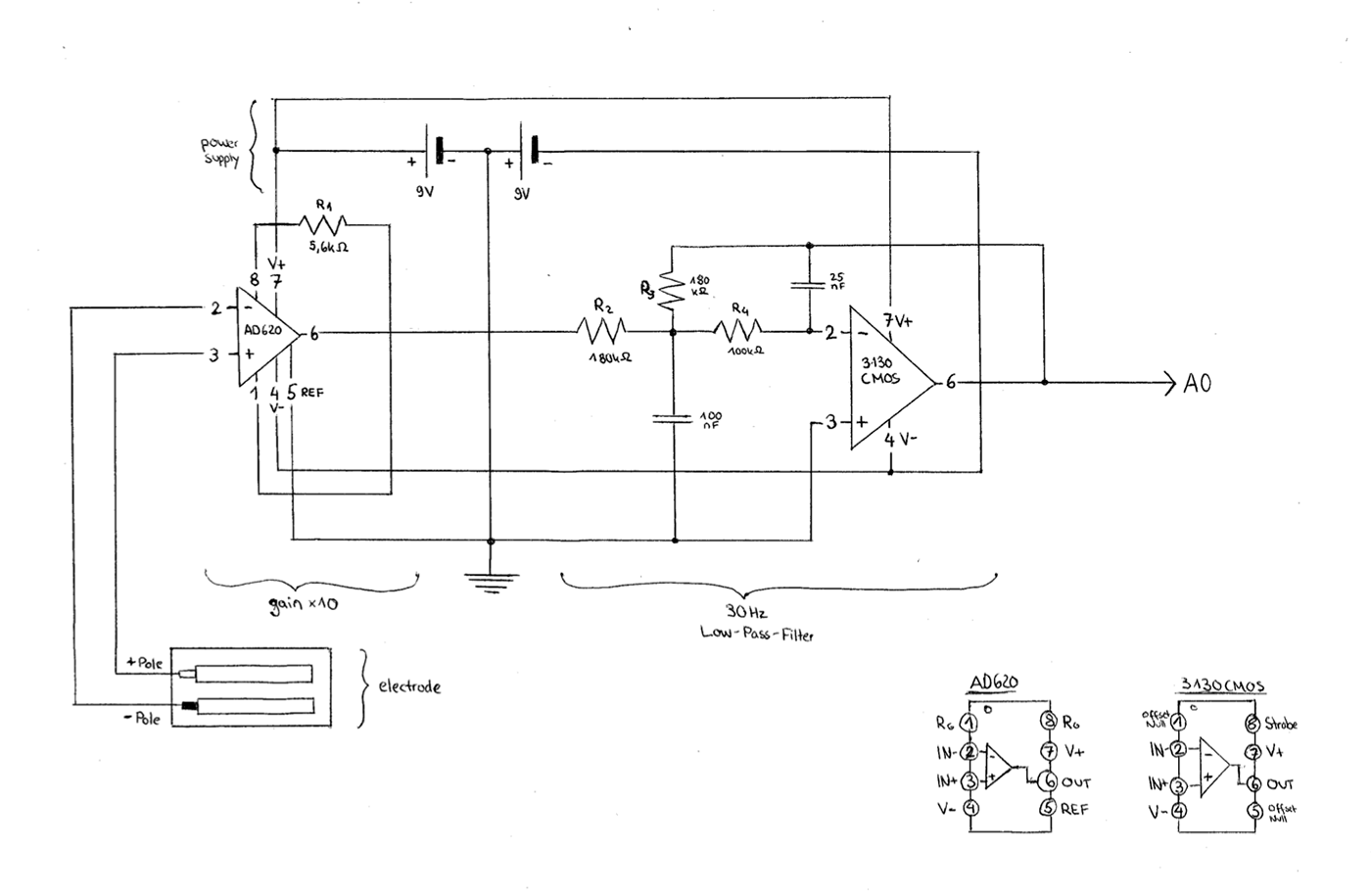
Towards the end of the experimenting phase I learned about Lehner GmbH’s project E-Plant, which is a device that can measure the plant’s own electrical signals on the surface of leaves and stems. The interesting thing about it is that the device that was developed in this project seems to be able to measure the same kind of signals I had seen in Prof. Fromms lab, but without a lab, without any big equipment. After some research I found the patent belonging to this project, which thankfully includes a long description about the way the signals are obtained. I managed to translate the explanations into a circuit diagram and tried to build it. However, I could not make it work during the time of the project. The patent itself turned out to be very informative and full of answers to many of the questions I had floating around in my mind at that point.
